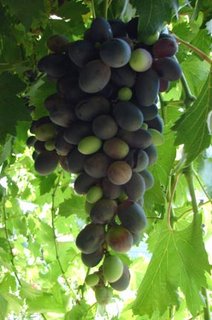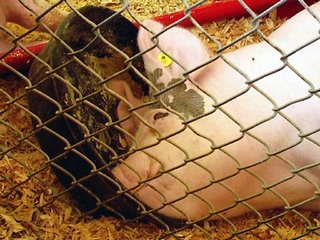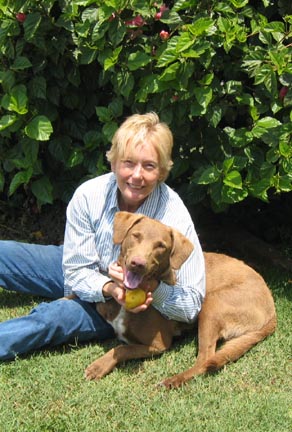About Making Raisins
I’ve had this romantic idea of turning these beautiful bunches of grapes into raisins by hanging the bunches from their stems in the storeroom or even in the kitchen. So yesterday I cut the bunches leaving long stems and leaves on them. They’re gorgeous. Then I wondered, should I wash them? And maybe they need something to keep them from mildewing?
I referred the issues to Google and quickly learned how to make raisins: The grapes must be pulled from their stems, sorted, washed and parboiled for 30 to 60 seconds in order to split their skins so they can dry. Then they need an “antimicrobial pretreatment”-- a good soaking in a solution of citric acid and water or one part lemon juice to one part water. After that they go into a dehydrator for 24-48 hours.
The grapes are still on the kitchen counter. And I'm sitting here writing this instead of parboiling them.









